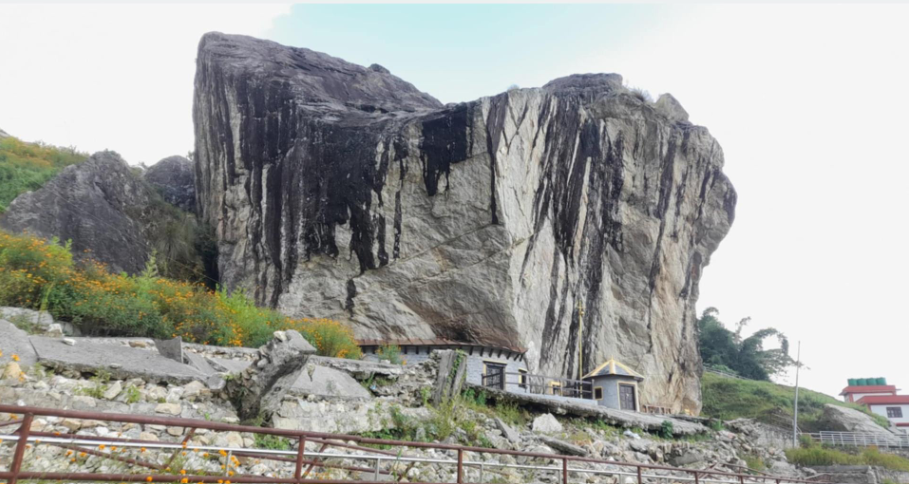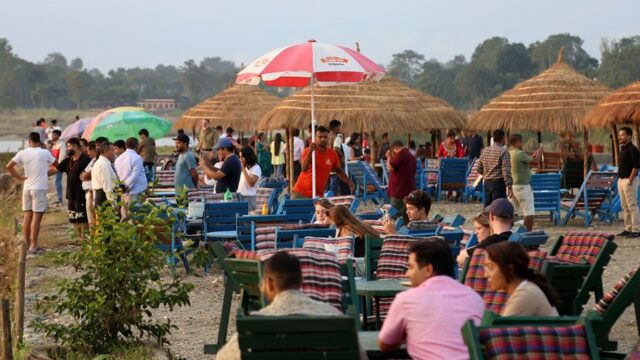The Mahashila, located in Lungkhudeurali, Mahashila Rural Municipality-5 of Parbat, has become a rising attraction for tourists following the construction of new infrastructure worth NPR 70 million. This site, home to Asia’s largest monolithic stone, is drawing both domestic and international visitors, as noted by Pushparaj Paudel, Chairperson of the Mahashila Religious and Tourism Development Association.
With improved road access and the construction of attractive structures around the stone, Mahashila is gaining popularity. The massive rock, locally known as “Mehaldunga,” is situated about 40 kilometers from the district headquarters, Kushma Bazaar. The Ministry of Culture, Tourism, and Civil Aviation, the Gandaki Provincial Government’s Ministry of Industry and Tourism, and the local rural municipality have jointly invested in developing various tourist amenities.
A total of NPR 41.2 million, provided through the Ministry of Culture, Tourism, and Civil Aviation, was used to build a well-equipped ashram, Swaminarayan Cave, temple, and public toilets for visitors. Additionally, with the help of the Gandaki Provincial Government, NPR 10 million was spent constructing 108 Gaumukhi water spouts, a circumambulatory path, and preserving the main cave and other historic structures.
The Nepal Tourism Board also contributed NPR 1.1 million towards the construction of a trust building, while the local municipality invested in various structures and road improvements. This fiscal year, the federal ministry has allocated an additional NPR 15 million for wall construction and furnishing the ashram.
Once hidden from the spotlight due to a lack of infrastructure and promotion, Mahashila is now attracting religious, domestic, and international tourists, Paudel added.
The presence of a well-paved motorable road has made it easier for visitors from nearby districts such as Pokhara, Syangja, Gulmi, Butwal, and Palpa to access Mahashila, according to local resident Saraswati Adhikari. The site is steeped in local lore, with the belief that circumambulating the stone results in a blessing equivalent to cooking a “mana” of rice. A full circuit takes more than 10 minutes. The area also hosts fairs during religious festivals such as Ekadashi, Balachaturdashi, Shivaratri, Ram Navami, and Akshaya Tritiya.
The Mahashila Rural Municipality was named after this iconic stone, which stands 130 meters tall and covers approximately 10 ropanis of land. Local residents have donated land for the development of tourism infrastructure, with around 20 ropanis now under the management of the Mahashila committee.
Rural Municipality Chairperson Ishwori Prasad Bhusal shared that a master plan worth NPR 700 million has been developed for the future growth of the Mahashila area. The federal and provincial governments aim to transform Mahashila into one of Gandaki Province’s most attractive tourist destinations.
Source: RSS






